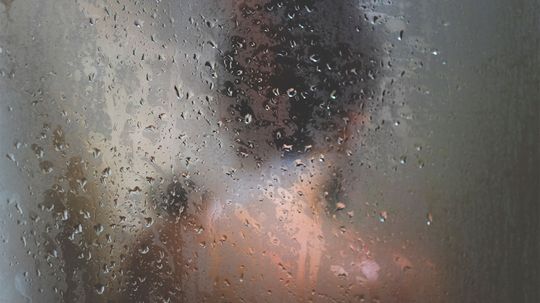As we delve into the realm of domestic infrastructure, one often overlooked yet indispensable component stands out amidst its mundane surroundings – the bathroom exhaust fan. This unassuming contraption silently performs a crucial role in maintaining optimal indoor air quality and preventing potential health hazards. In this interdisciplinary analysis, we will unravel the multifaceted significance of the bathroom exhaust fan.
A Breath of Fresh Air: Ventilation and Indoor Air Quality
In our quest for comfort and convenience, modern homes have become increasingly airtight, inadvertently trapping pollutants indoors. The bathroom, with its high humidity levels and frequent use of cleaning agents, becomes a breeding ground for mold growth and airborne contaminants. Enter the bathroom exhaust fan – an unsung hero that diligently expels stale air laden with moisture, odors, and potentially harmful particles.
This seemingly simple device employs principles from fluid dynamics to create negative pressure within the confined space it serves. By swiftly extracting moist air at its source before it permeates other areas of our abode, it mitigates excessive condensation on surfaces while curbing mold proliferation.
Moreover, by removing volatile organic compounds (VOCs) emitted from personal care products or cleaning chemicals lingering in our bathrooms’ atmosphere, these fans contribute significantly to improving overall indoor air quality. Their silent operation ensures minimal disruption while safeguarding against respiratory ailments caused by prolonged exposure to hazardous substances.
Safeguarding Structural Integrity: Moisture Control
Beyond preserving breathable air quality standards within our living spaces lies another vital function performed by bathroom exhaust fans – moisture control. Excessive humidity resulting from hot showers or baths can wreak havoc on building materials over time if left unchecked.
By promptly evacuating humid air laden with microscopic water droplets, these fans prevent moisture from seeping into walls, ceilings, and other vulnerable surfaces. This proactive approach mitigates the risk of structural damage such as peeling paint, warped woodwork, or even mold-infested insulation.
Furthermore, by reducing humidity levels in bathrooms swiftly and efficiently, exhaust fans help maintain a comfortable environment that discourages the growth of dust mites and other allergens. This aspect is particularly crucial for individuals with respiratory conditions or allergies who seek solace within their private sanctuaries.
A Sound Investment: Energy Efficiency
In an era where sustainability takes center stage in our collective consciousness, bathroom exhaust fans prove to be more than just functional devices; they also contribute to energy efficiency. By expelling moist air directly outside rather than recirculating it through heating or cooling systems like traditional ventilation methods do, these fans alleviate unnecessary strain on household appliances.
This targeted extraction mechanism ensures that conditioned air remains unaffected while minimizing energy consumption associated with maintaining desired temperatures throughout the home. Consequently, homeowners can relish reduced utility bills without compromising comfort levels – a win-win situation for both environmental enthusiasts and budget-conscious individuals alike.
Conclusion
The bathroom exhaust fan emerges as an unsung hero amidst our domestic infrastructure landscape. Its unassuming presence belies its indispensable role in safeguarding indoor air quality standards while preventing potential health hazards caused by excessive moisture accumulation. By employing principles from fluid dynamics and prioritizing energy efficiency alongside functionality, this humble device exemplifies how seemingly mundane components can have far-reaching implications for our well-being and living spaces’ longevity.
